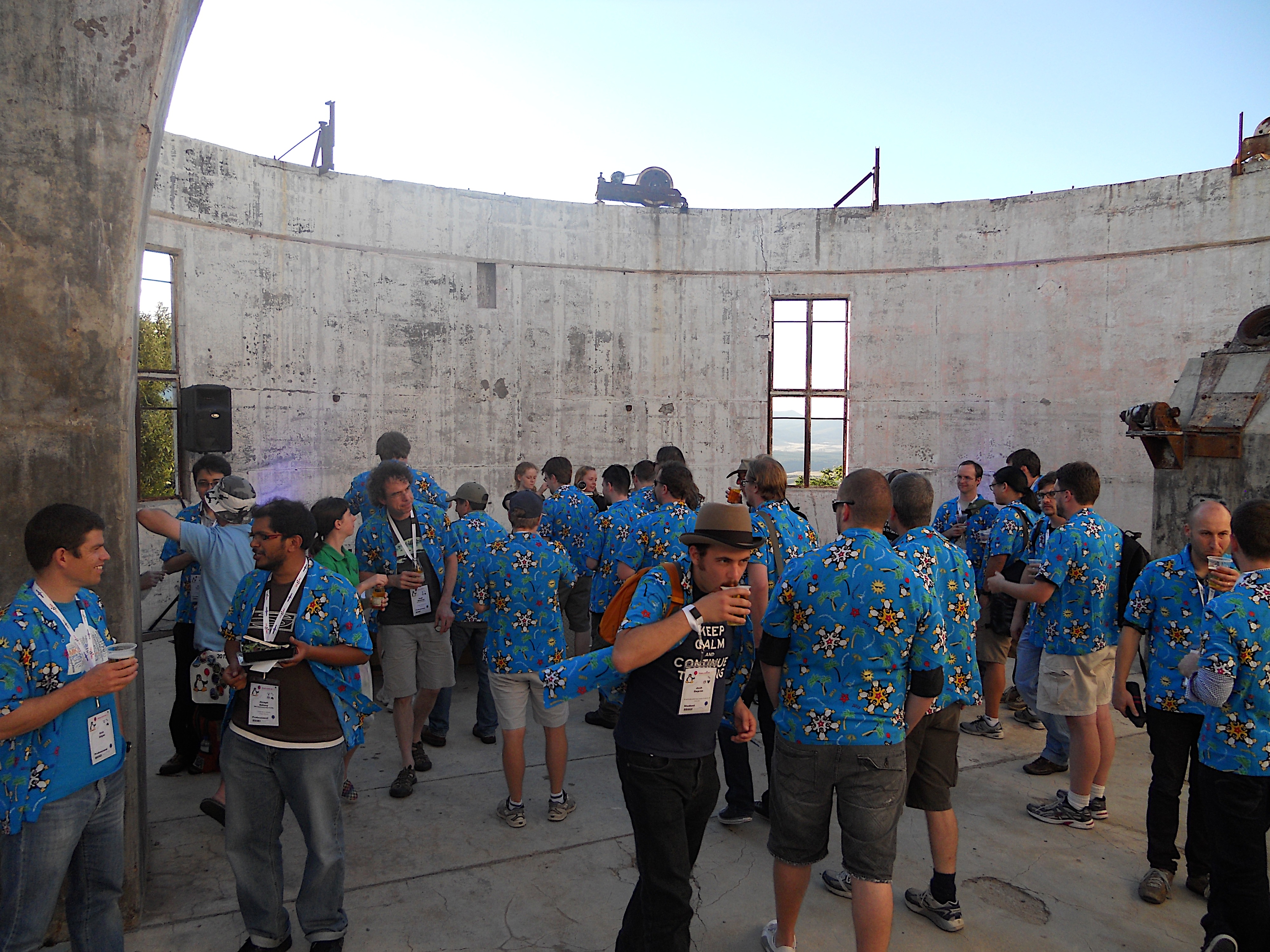I love Saturday Night Live’s “Claire from HR” character but I have never loved her schtick so much as when she came on the show’s Weekend Update recently to give a multiple choice test on sexual abuse and harassment. Among her questions:
When you are in an office romance do you?:
- Notify HR
- Lock her in a room and make her look at it
- Bully her out of the entire industry
There was more, and I was crying with laughter, but obviously we’re not relaying it here. I was just so grateful for a sketch that recognized that HR can only do so much in the face of people doing things they know are wrong. It’s not that HR is blameless. Making sure people know the policies and the law is our responsibility. But most of the people accused, or found guilty, of sexual abuse or harassment don’t do it because they’re confused about the rules. They do it because the people who have the power to hold them accountable don’t.
Sexual harrassment isn’t isolated
If you look at people who are guilty of sexual harassment, you almost invariably find that this wasn’t the only kind of transgression they were guilty of. They might step over the line in meetings, make inappropriate comments to co-workers and clients, ignore the clock when it comes to work hours, or blow off other rules. Frequently when someone is fired for this kind of misconduct it turns out that there were other things that weren’t discovered before—like they were fudging the numbers as a sales person or doing some unethical things in the accounting department.
I was brought in on one scenario where the HR manager for a manufacturing company had done a number of disturbing things. She frequently used foul language in the office and called co-workers disrespectful names. She told everyone she had a gun in her car. She threatened to fire people unless they revealed things she was not legally allowed to ask about. It took a lot of complaints to get her fired, like many years of complaints. And when she left, it was discovered that she had embezzled more than $100,000 from the company by creating phantom employees and funneling their “salaries” to herself. That number might have been a lot smaller if her other transgressions hadn’t gone unaddressed.
How far is too far?
Your HR professionals only have as much authority as organizational leaders give them. Frequently HR experiences push back on firing people who are favored by leadership—either because of their skills or personal relationships. Leaders, being human, can do some fancy justifying of wrong behavior by people who they consider otherwise “good people.” As a consequence, these people often get away with it and the culture of unbridled misbehavior blossoms.
The kinds of people who perpetrate abuse can recognize this kind of dysfunctional culture and are drawn to it. And because abuse is tolerated, they are not likely to be weeded out during the hiring process. The characteristics that would raise a red flag in a company with zero tolerance for abuse and bullying do not even register in these companies.
I’ve seen this happen and seen the HR department saddled with the responsibility. That’s why I was overtaken with sympathetic laughter seeing the harried Claire—a drugstore receipt sticking out of her clothing—trying to take responsibility for clearly bad behavior of employees who are supposed to behave like mature adults rather than toddlers.
I’m glad to see sexual harassment and bullying being addressed with such gravity at last. But if we want to really see cultures get free of this behavior, we can’t just blame HR. We have to look at the whole ecosystem honestly and make the kinds of system-wide changes that will bring it to an end. I’ll discuss those changes in my next blog. And if you want help to really examine your organizational culture, call us!



